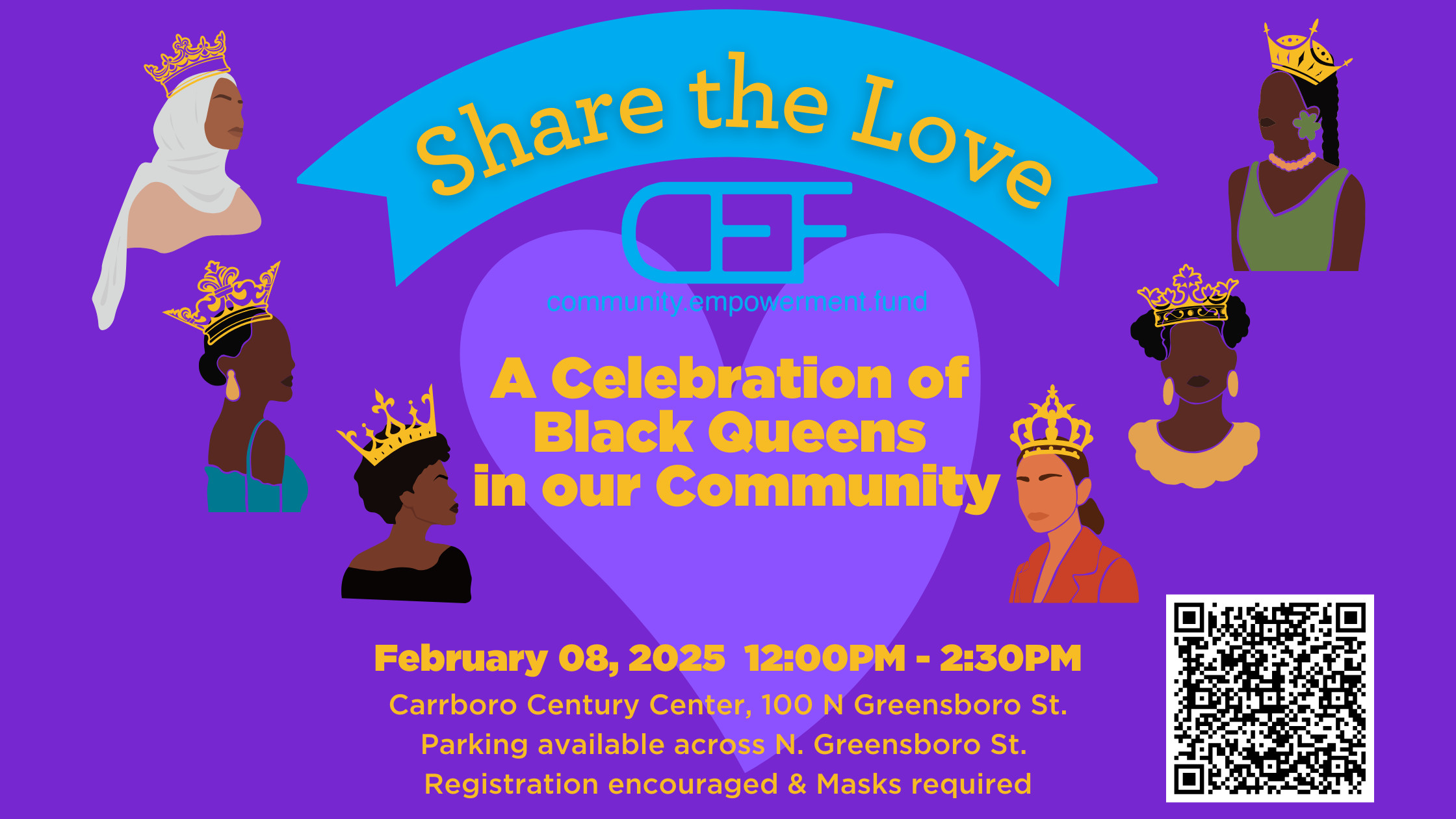I want to be honest about 2024. It was a hard year; a lot of uncertainty as we started to see resources dry up, and we went through an election with unfavorable outcomes for our community. As hard as it was, our community was resilient. Our Advocates deepened their learning about the issues our Members faced, while our Members invested in themselves by participating in the voter education meetings and first-time homebuyer education sessions.
We established the Durham Hub to connect members in Durham with more individualized partnership offerings, and we connected people to Housing Choice Vouchers in Orange County. We also implemented the 20% savings match to help Members accomplish their goals. At the same time, we were recognized for the House Us Now March as Best Grassroots Mobilization. We packed 2024 with care, commitment, and community.
As we go into 2025, CEF will be here fighting for our community, sharing resources, and being deeply entrenched in the community.











